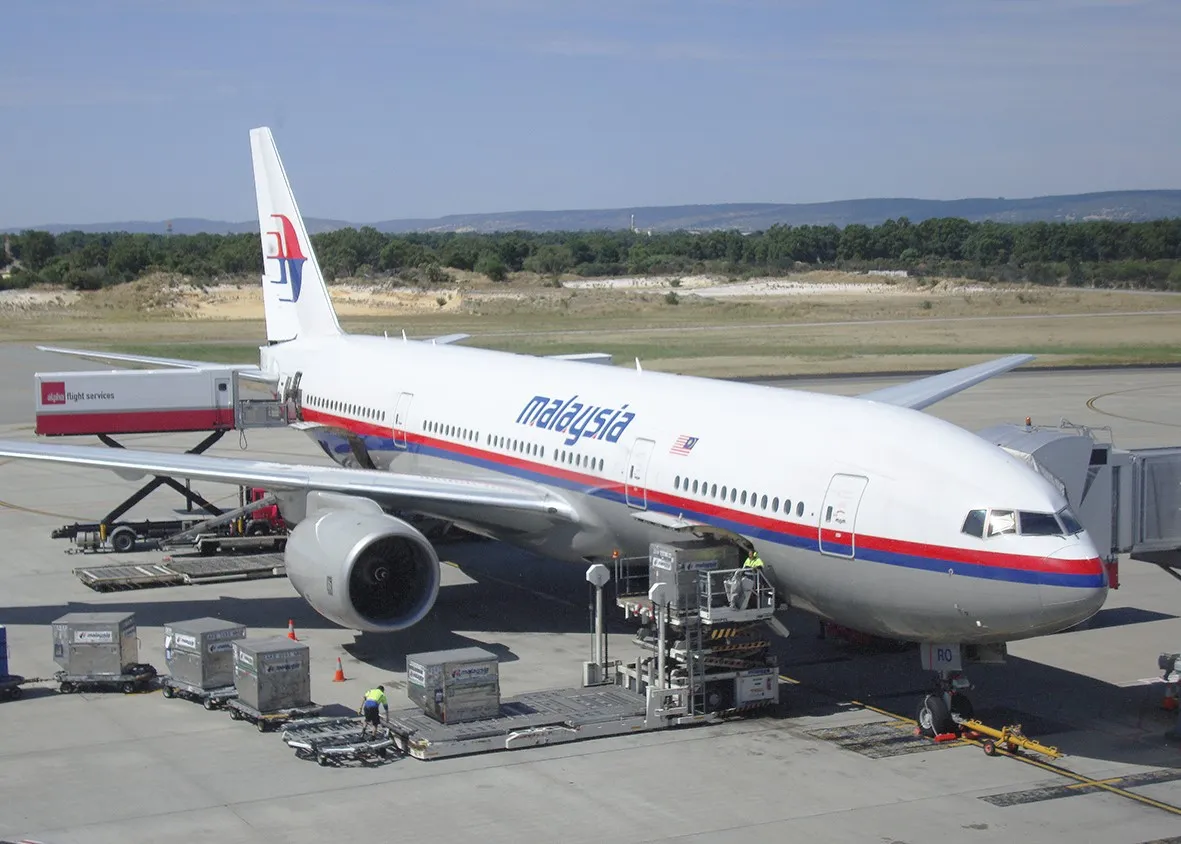
MH370 Breakthrough Tracking Technology Dates To The 1950s
Nov 22, 2023

Recent advancements in tracking technology related to the mysterious disappearance of Malaysia Airlines Flight MH370 can trace their roots back to the 1950s. Early developments in radar and satellite communications laid the groundwork for modern tracking systems. These innovations have evolved significantly, enabling more precise monitoring of aircraft in real-time. The combination of satellite data and sophisticated algorithms has allowed researchers to analyze flight paths and identify potential crash sites. This historical context highlights how decades of technological progress have culminated in efforts to unravel the enigma of MH370, demonstrating the interplay between past innovations and contemporary challenges in aviation safety.
The disappearance of Malaysia Airlines Flight MH370 remains one of the most perplexing aviation mysteries in history. Despite extensive search efforts, the aircraft has never been conclusively found. However, recent advancements in tracking technology, which have their roots in the 1950s, have shed light on how we can improve our ability to locate missing aircraft in the future. This article explores the evolution of tracking technology and its implications for aviation safety.
Historical Context of Aircraft Tracking Technology
In the 1950s, aviation was transforming, and the need for enhanced tracking systems became evident. Early tracking systems relied on rudimentary radar technology, which had its limitations. Traditional radar systems could only track aircraft within a limited range and required line-of-sight. This posed a challenge for tracking aircraft over vast oceanic expanses, where MH370 disappeared.
During this period, the aviation industry began to explore more advanced technologies. Notably, the introduction of transponders marked a significant step forward. These devices enable aircraft to transmit their location and altitude to ground stations, greatly improving tracking capabilities. However, the reliance on ground-based radar systems meant that aircraft could still vanish from radar coverage when flying over remote areas.
Emergence of Satellite Tracking
The real breakthrough in aircraft tracking technology came with the advent of satellite communications. By the late 1970s, the first generation of satellites designed for communication began to emerge. These satellites allowed for continuous tracking of aircraft, even over oceans and remote regions.
With the development of Inmarsat and other satellite communication networks, aircraft could establish a connection with satellites, sending regular updates regarding their position. This technology was integral to the search for MH370, as it provided valuable data about the aircraft's last known location and flight path.
Advanced Tracking Techniques Post-MH370
The disappearance of MH370 catalyzed significant advancements in tracking technology. Following the incident, international aviation authorities recognized the need for mandatory tracking of commercial aircraft. The implementation of Automatic Dependent Surveillance–Broadcast (ADS-B) became a key element in enhancing flight tracking capabilities.
| Technology | Year Introduced | Benefits |
|---|---|---|
| Radar | 1950s | Basic tracking within line-of-sight |
| Transponders | 1960s | Improved location reporting |
| Satellite Communications | 1970s | Global tracking capabilities |
| ADS-B | 2010s | Real-time tracking and situational awareness |
ADS-B technology allows aircraft to determine their position via satellite and periodically transmit this information to ground stations and other aircraft. This system not only assists in tracking but also enhances safety by providing pilots with real-time situational awareness. Regulatory bodies now mandate that all newly manufactured aircraft be equipped with ADS-B technology, a significant step towards preventing future tragedies like that of MH370.
Future Innovations in Tracking Technology
As the aviation industry continues to evolve, so too does the potential for new tracking technologies. Research is ongoing into the use of next-generation satellite systems and integrated air traffic management systems that utilize advanced algorithms and artificial intelligence to predict and track aircraft movements more accurately. These innovations promise to enhance not only tracking capabilities but also overall aviation safety.
Furthermore, companies are investing in real-time data analytics and machine learning technologies to improve incident response times and operational efficiency. With these advancements, the goal is to create a comprehensive tracking system that can quickly identify anomalies and facilitate rapid response to potential emergencies.
Conclusion
The tragic disappearance of MH370 has highlighted the critical need for improved aircraft tracking technologies. From its roots in the 1950s with basic radar systems to the sophisticated satellite and ADS-B technologies of today, the evolution of tracking technology is a testament to the aviation industry's commitment to safety and innovation.
As we move forward, embracing new technologies and methodologies will be essential in ensuring that no aircraft ever goes missing again. The lessons learned from MH370 will undoubtedly shape the future of aviation tracking, making air travel safer for everyone.
In summary, the breakthroughs in tracking technology, dating back to the 1950s, have paved the way for a safer aviation environment. By continuing to innovate and implement advanced tracking systems, the aviation industry can work towards preventing future tragedies and providing peace of mind to passengers and their families.
Related Articles

Explore Thailand: The Best Islands to Visit for Paradise, Adventure, and Relaxation

The Ultimate Guide to the Best Islands in Thailand for Your Next Getaway

Do babies need passports? How to get a passport for a newborn

How to get a U.S. passport fast: here’s how to expedite the process

What is Mobile Passport Control: 5 reasons why you should use it

SENTRI vs. Global Entry: A detailed guide

Do you need a passport to go to the Bahamas? Let’s find out

Do you need a passport to go to Mexico? A detailed guide

Do you need a passport to go to Canada? We got the answer

Do You Need a Passport for a Cruise: An Essential Travel Guide

Booster Seat Requirements: All the Rules to Follow in Your Rental Car

What Are the World’s Most Powerful Passports, and How Does Yours Rank?

How to Take a Passport Photo at Home: A Helpful Guide

You've got to have heart! Southwest's new livery

Your opinion: Should water be free on low cost carriers?

Young women bolder than guys as solo travellers
